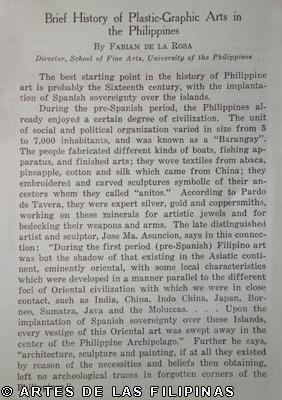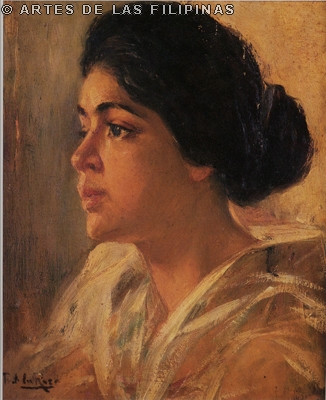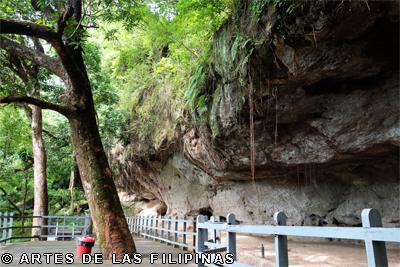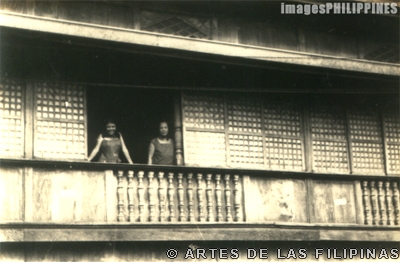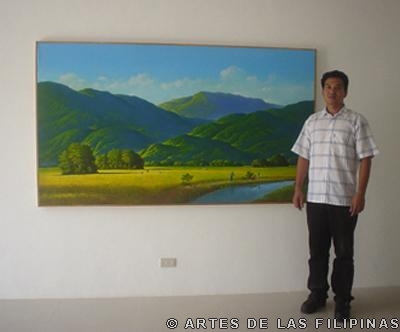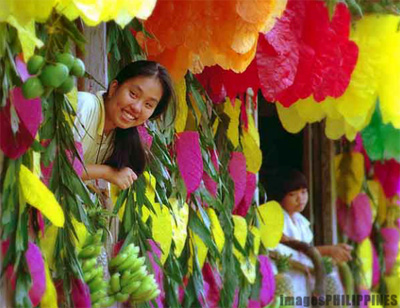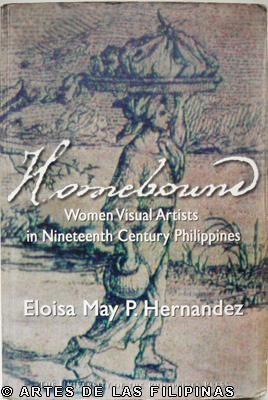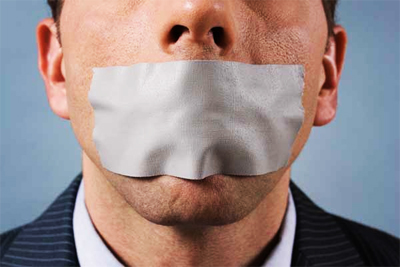
Break the Silence Over Fakes
Enforced Silence Encourages Fakes. It gives forgers the space in which they can manoeuvre.
by: Jack Flam
April 2012–The press has recently been full of reports about forgeries. In Europe, fakes by Wolfgang Beltracchi have embarrassed a number of experts and collectors. In the US, a painting purportedly by Jackson Pollock that was sold for $17m is the subject of a lawsuit against the now-closed Knoedler gallery and its former president Ann Freedman. This “Pollock”, moreover, seems to be only the tip of the iceberg, since it appears to belong to a surprisingly large collection of pictures supposedly painted by leading abstract expressionist artists. This collection was allegedly brokered by a previously obscure dealer named Glafira Rosales, who is now said to be the subject of an FBI investigation. The names attached to the paintings Rosales allegedly handled include Franz Kline, Willem de Kooning, Robert Motherwell, Barnett Newman, Mark Rothko and Clyfford Still, as well as Pollock.
One of these paintings, supposedly from the “Elegy to the Spanish Republic” series by Motherwell, was recently confirmed as a forgery by the Dedalus Foundation as part of a court settlement. The foundation, which I head, is sponsoring a catalogue raisonné of Motherwell’s work. Our experience with this and related works makes it clear how problematic the issue of authenticity has become for scholars, collectors, gallery owners, and foundations specialising in modern painting. Sharply rising prices and an increasing scarcity of major works have created a rich environment for forgers.
These market circumstances have unfortunately coincided with a situation in which scholars and foundations that make decisions about authenticity feel increasingly constrained by legal threats from people who own or are selling fakes. So while the number of fakes in the marketplace is dramatically increasing, an important means for assuring the veracity of artists’ works has been disappearing. Several scholars and foundations are ceasing to authenticate works because they are afraid of lawsuits, and such fears have even constrained the way scholars communicate with each other.
Back in 2008, after the Motherwell catalogue raisonné project suspected that a number of “Spanish Elegy” paintings were forgeries, I had ample occasion to observe how pressure can be effectively put on scholars who believe a painting is inauthentic in order to constrain them from saying so publicly. When I contacted scholars who were engaged in research on some of the other artists whose works were supposed to be in Rosales’s collection, many declined to discuss their opinions about those works; and the ones who did so usually insisted on speaking off the record.
It was not until injured parties came forward—that is, people who had spent significant amounts of money on works that did not pass the scrutiny of either connoisseurship or forensic testing—and the press picked up the story that scholars became (cautiously) more open about what they thought of those works.
Enforced silence, in other words, encourages fakes. It gives forgers and sellers of forgeries the space in which they can manoeuvre, and it affects research because scholars need free access to information to do their work properly.
Enforced silence also affects the market, because it prevents dealers, auction houses, and collectors from having open access to the most informed opinion about the works they are selling or acquiring. If the governing boards of artists’ foundations and catalogue raisonné projects refuse to authenticate works and even shut down the avenues of discourse and the free exchange of information, they make it much harder to separate the wheat from the chaff. In effect, they are indirectly encouraging the production of fakes.
In the US, unfortunately, the relationship between scholarship and the market is asymmetrical. Anyone can say with impunity that a painting is an authentic work, based solely on personal opinion. Even if they are wrong, their saying so is not necessarily actionable in court. But if a scholar who specialises in that artist’s work says the painting is not authentic, the threat of a lawsuit arises—even though the scholar’s opinion is right and is being offered gratis and in the public interest.
This has had an inhibiting effect on artist foundations and the authors of catalogues raisonnés, which is a great shame, since the inclusion or exclusion of a picture from the complete catalogue of an artist’s works is one of the most important decisions that can be made regarding the legacy of that artist.
The inclusion of an inauthentic work, or the conscious exclusion of a genuine one, gives a false idea of both the history and the significance of the artist’s achievement.
Two somewhat different ways of remedying this situation should be considered. The first would be to establish a properly constituted authority—similar to the Financial Industry Regulatory Authority—with limited immunity from lawsuits, which would oversee the authentication of works by modern US artists. Doing so would rectify the topsy-turvy relationship between scholars, dealers and collectors, and would keep the authors of catalogues raisonnés and the foundations that often support them from being cowed into silence. Information would circulate more freely and experts would be able to pass judgments on works without getting entangled in complicated legal messes.
Another approach would be to pass legislation in the US that would give experts and scholars the kind of legal protection they now generally receive in the UK, where statements about authenticity may be protected as “opinions” and thereby be generally exempt from lawsuits.
In some parts of the US, there are laws known as Anti-Slapp (Strategic Lawsuit Against Public Participation) statutes that protect free speech for the public good. Since a substantial part of the US art market is based in New York, the art community in the city could work with the state legislature to strengthen those statutes so that scholars can express their opinions without being intimidated, and often silenced by the threat of litigation.
Since the art market is often either unable or unwilling to protect the legacy of artists who can no longer speak for themselves, artists’ foundations and the authors of catalogues raisonnés must assume that responsibility by directly addressing questions of authenticity. Silence will not solve this problem; it will only make it worse.
The writer is the president of the Dedalus Foundation, New York, and co-author of the Robert Motherwell catalogue raisonné, which is due to be published later this year by Yale University Press
SOURCE: The Art Newspaper, Opinion, Issue 234, April 2012


